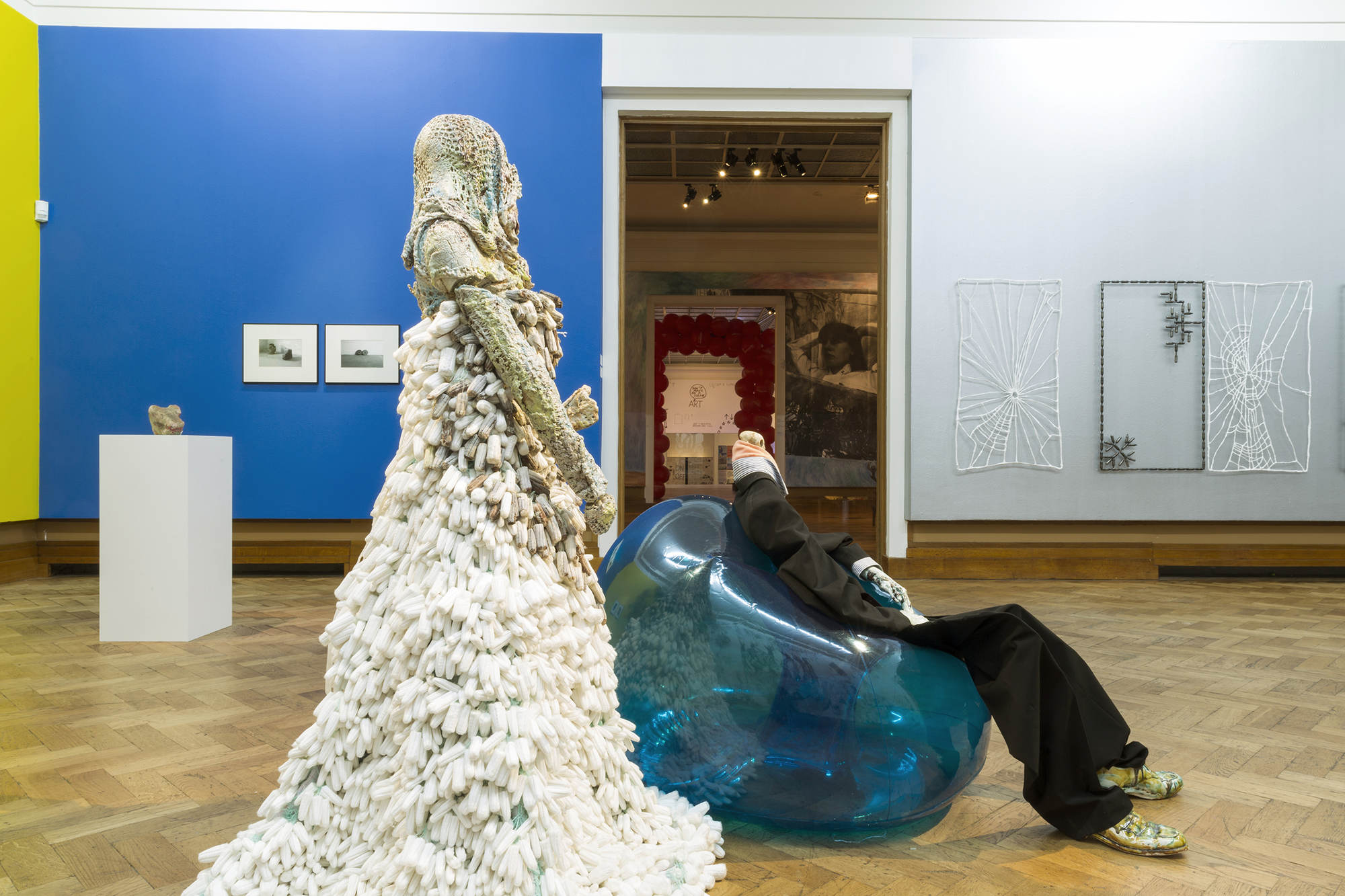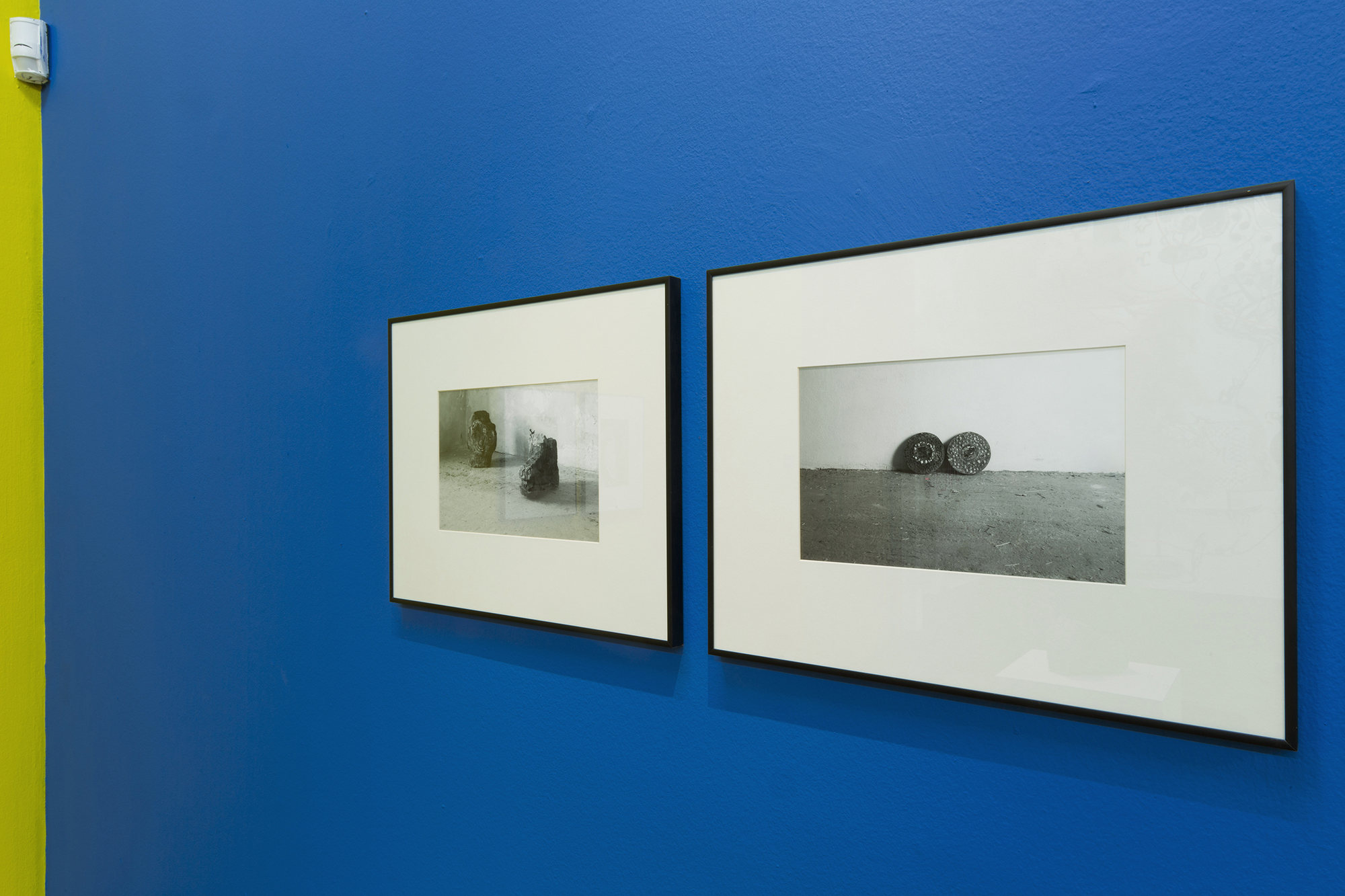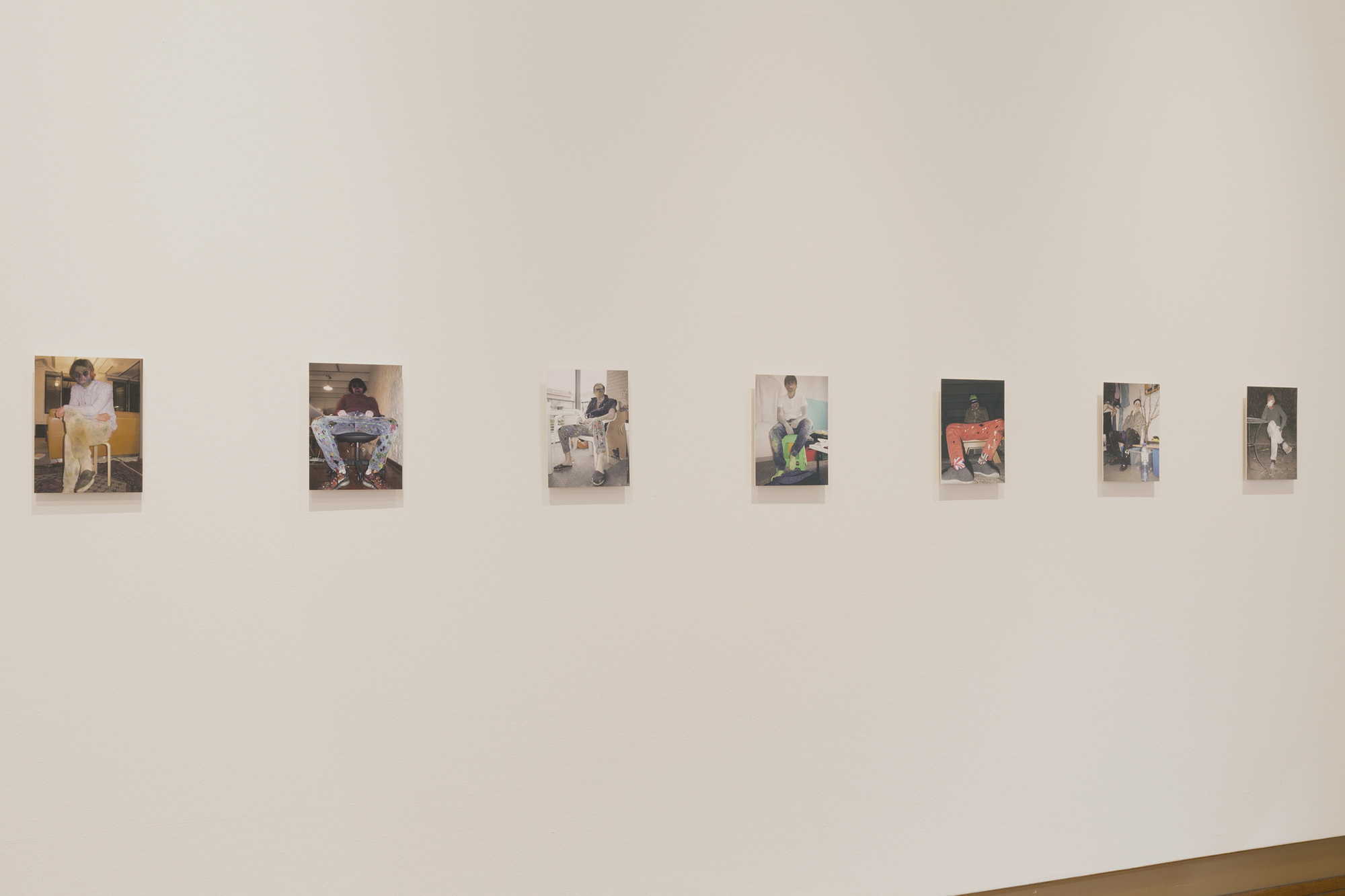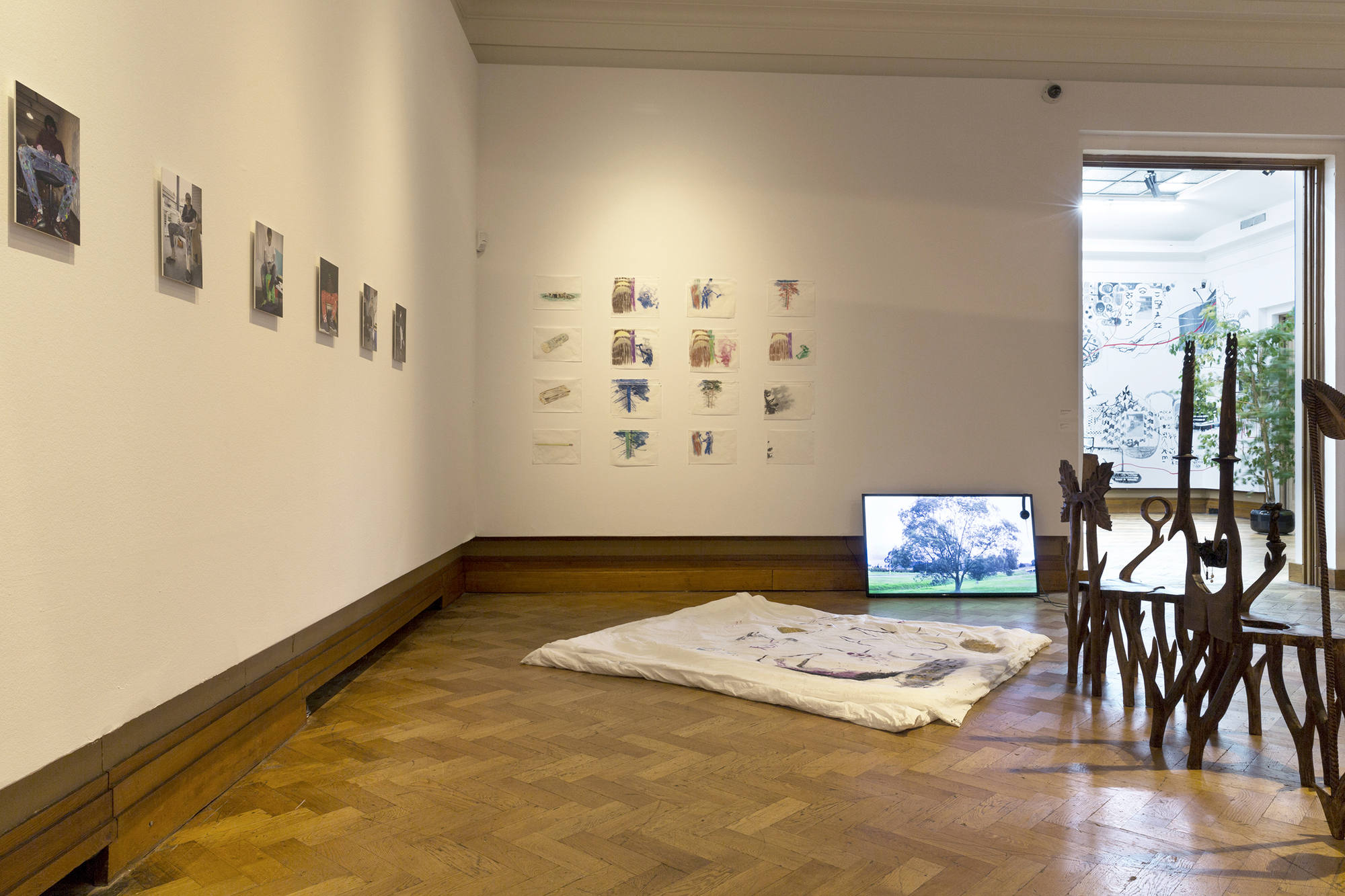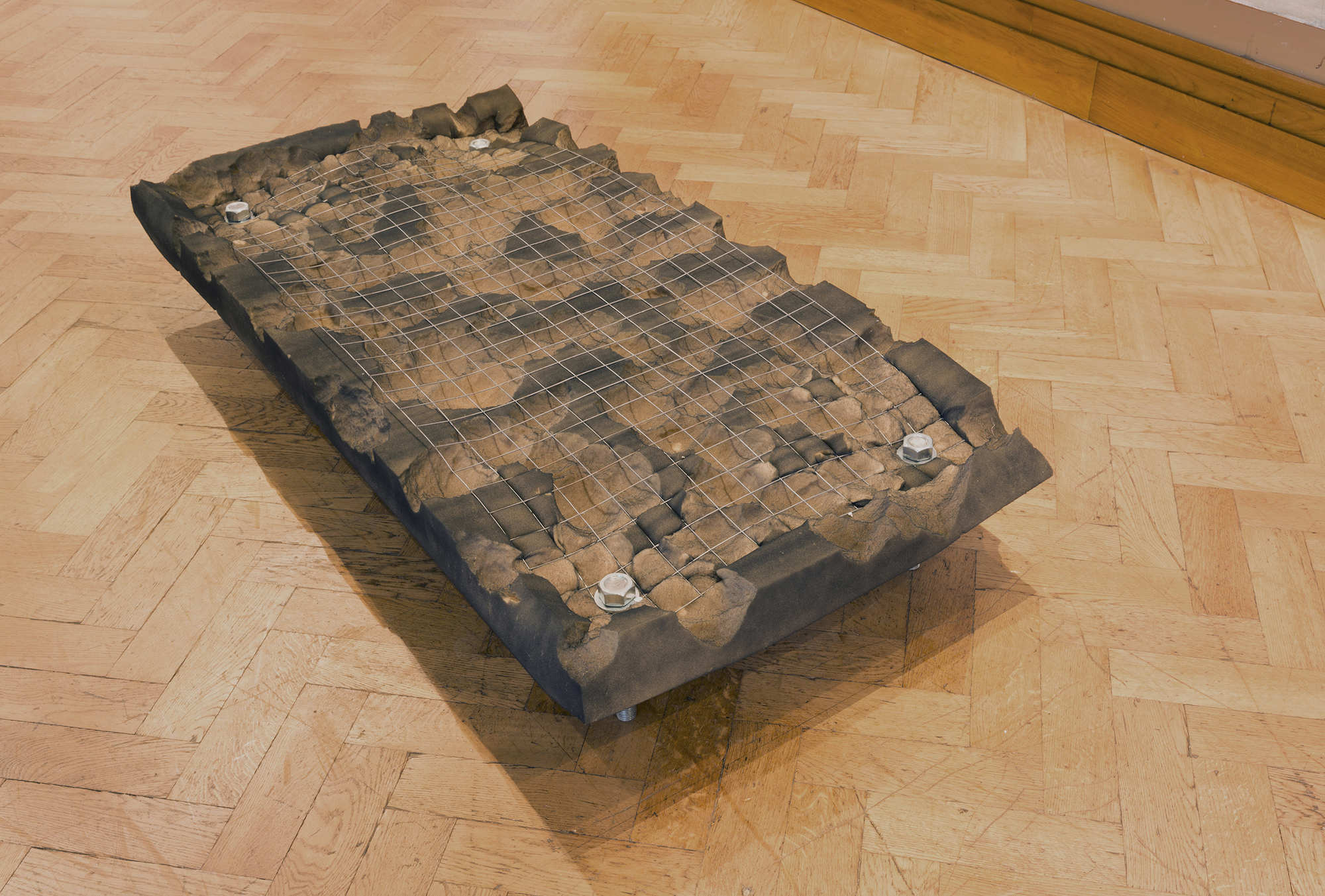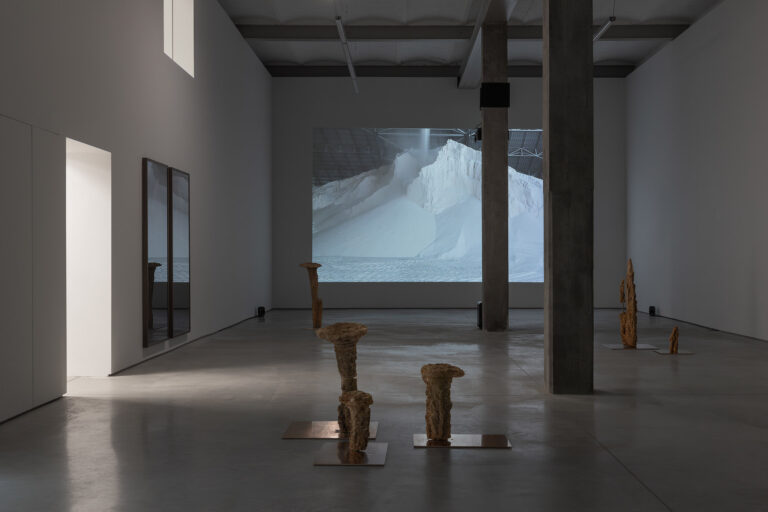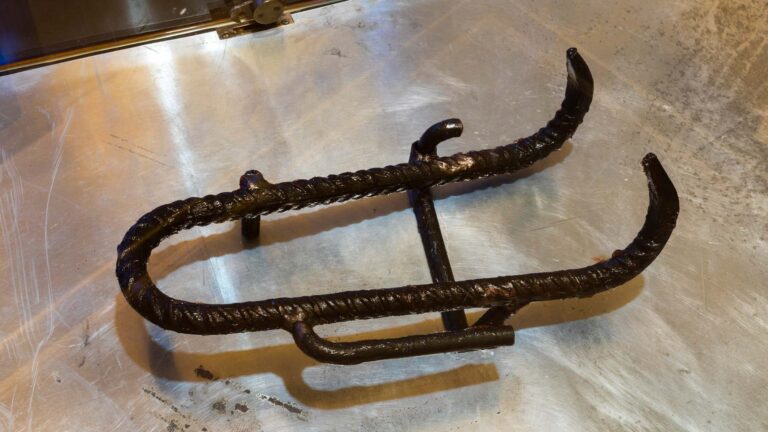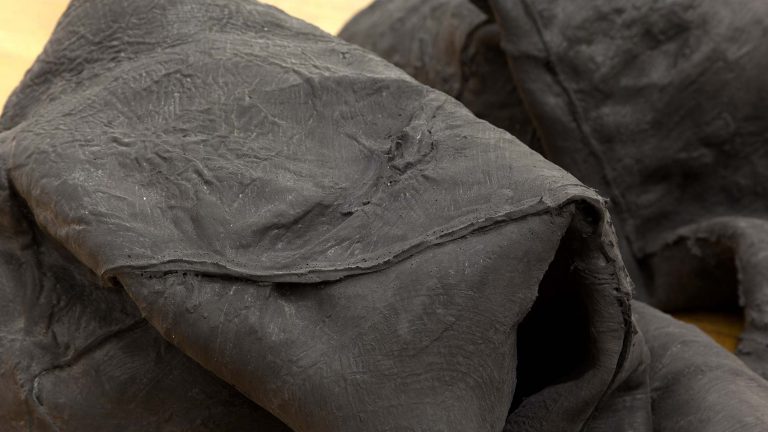Artists: Bora Akinciturk, Nils Alix-Tabeling, Julie Béna, Francisco Camacho Herrera, Arnaud Eubelen, Jade Fourès-Varnier, Vincent de Hoÿm, Julien Goniche, Kaspars Groševs, Katerina Kana, Hardijs Lediņš, Imants Žodžiks, Kris Lemsalu, Salvatore Moro, Alex Morrison, Adler Murada, Cécile Noguès, Jaakko Pallasvuo, Viktor Timofeev, Carl Palm, Marthe Ramm Fortun, Elise Van Mourik, Aili Vint
Exhibition title: Disorder
Curated by: Komplot with Sonia Dermience, Maria Arusoo, Valentinas Klimasauskas, Maija Rudovska, Montecristo, Diesel
Venue: Bozar, Brussels, Belgium
Date: June 19 – August 19, 2018
Photography: Fabrice Dermience / all images copyright and courtesy of the artists and Bozar, Brussels
The exhibition started in Bozar Brussels in 2018 is to be revived in Odessa in 2019 with a certain idea of expographie, which in French refers to the practice of exposition as a discourse ; it is an exhibition that creates a space mimicking the setting of a house, desacralising its objects and inviting people to touch and interact with them freely, reflecting a kind of habitat. Decoration is often considered to be a reflection of a poor relationship to Western Modern art, and so we turn the question in the other direction in order to use this notion as a reference to the habitat : How to inhabit a space, how our living spaces, which can be seen as protective envelopes after our body, are threatened by war or another precarious situation, and why many people are on the street.
These issues affect us all, and in the face of inequality and injustice we feel the same sense of helplessness, tormented at the thought of losing what we have built. This decorated second skin is a place of intimacy, creativity, sharing and hospitality, a place that we can create from scratch or that we can adapt using decorative objects in order to make it liveable. In other words, it is the setting of our lives, in the forms of a workplace, school, public space, businesses and recreational areas. We are the characters of these places that are steeped in history and are haunted by layers of life like archaeological sites. Every day, we live in these places that we own, surrounding ourselves with furniture and also with the immaterial, including gestures, words and music that we sometimes share with plants and domesticated animals…
This exhibition traces the evolution of dwellings from one generation to the next, beginning with an example of a Soviet dwelling, a space intended for sharing among people and for building a relationship with nature, but turned into an unrealised utopia for the most part, scuttled in the totalitarian. In addition, we discover parallels with the supposed promise of a better life thanks to capitalism, which also damages our human nature and contributes to the overall indifference regarding the fate of our next homeless, undocumented, unemployed…
A glimmer of hope, however, survives in an exhibition that shows the trees as models of life, rooted and radiant. Starting from the utopia of grouped living spaces or decorated and tinkered houses, we arrive at the loft where it is the empty space that is luxury, an expression of perfectible and accessible uselessness. The colour white is an expression of ownership, of immateriality, of withdrawal from the reality of necessities, and the white wall is a support for modern art, one that is relegated to the closet of the history of obsolete contemporary art. The decorative object reigns in a universe completely adapted by the artists, the amateurs and the visitors.
Komplot invites friends from Europe to speak about insularity and togetherness through their art: each artist has their own studio practice, and has accomplished residencies and land art projects that we find peculiar and of interest in the contemporary research of our social and natural landscape. They are brought together in an exhibition that also documents their practices that deal with isolation as much as connection, network and friendship between colleagues living in Europe, shedding light on the influence of the context on the creation of artists and curators living in their locality and travelling. Moreover, the exhibition shows the links that the artists and curators are weaving together in time and space to create discourses, critiques, representations of our contemporaneity – a constellation of islands of creation in Europe from Tallinn to Sardinia…
Objects, images, talks and workshops organised by Komplot’s School of Curating are all given a place in this exhibition that follows its own motto: “Our main product is society’s transformation”. The animators, tutors, lecturers and participants will use the art of curating as an emancipation tool, creating a rupture from what could be associated with a productionist school of art. Each curator will occupy a space to establish a new setting with the artists, while engaging in dialogues with the school’s participants and visitors.





